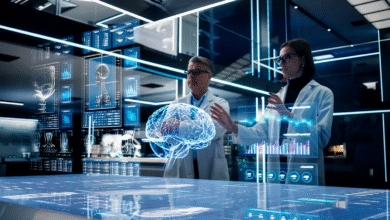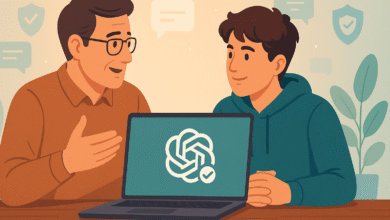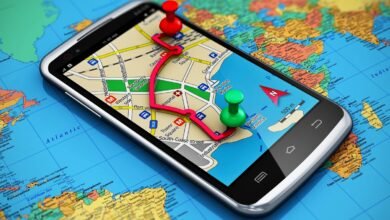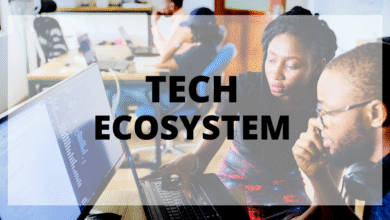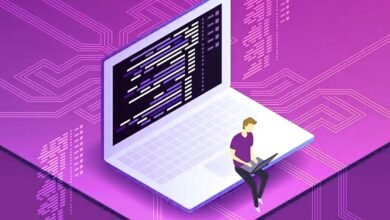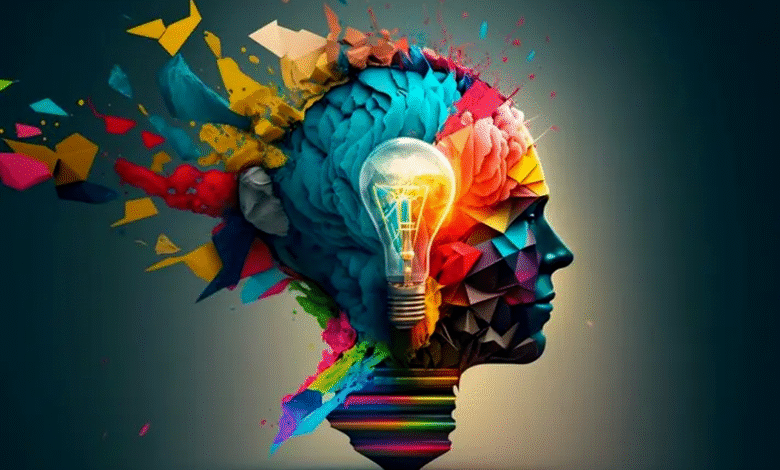
In the contemporary landscape, the convergence of artificial intelligence (AI) and creativity has sparked profound transformations across various industries. This article delves into the dynamic relationship between AI and creativity, exploring how technology is reshaping artistic practices and fostering innovation.
Read More: Tech and the Brain: Exploring the Neuroscience of Innovation
Understanding AI and Creativity

Artificial intelligence, commonly referred to as AI, encompasses a range of technologies designed to simulate human cognitive functions. From machine learning algorithms to neural networks, AI systems possess the ability to analyze data, recognize patterns, and generate outputs that mimic human intelligence. On the other hand, creativity is often defined as the capacity to generate novel ideas or expressions that hold value or significance. While traditionally viewed as distinct domains, the integration of AI in creative processes challenges conventional notions of human creativity and expands the possibilities for artistic expression.
The Evolution of AI in Creative Processes
The integration of AI in creative endeavors has a rich historical backdrop, dating back to early experiments in computational art and algorithmic composition. However, recent advancements in machine learning algorithms and deep neural networks have propelled AI-driven creativity to new heights. From generating visual artworks to composing music and crafting narratives, AI systems are increasingly capable of producing outputs that rival those created by human artists. Moreover, collaborative efforts between AI researchers and artists have led to innovative projects that blur the boundaries between technology and art.
Applications of AI in Art and Design

AI’s impact on art and design extends across a myriad of disciplines, offering novel tools and techniques that augment human creativity. In the realm of visual arts, generative adversarial networks (GANs) have gained prominence for their ability to generate photorealistic images and abstract compositions. These AI-generated artworks challenge traditional notions of authorship and invite viewers to reconsider the role of technology in creative expression. Similarly, in fields such as graphic design, architecture, and fashion, AI-powered software facilitates iterative design processes and enables designers to explore innovative concepts with greater efficiency and precision.
Challenges and Ethical Considerations
Despite the transformative potential of AI in creative industries, its integration raises significant challenges and ethical considerations. Concerns surrounding intellectual property rights, algorithmic bias, and the displacement of human creators underscore the need for responsible AI development and governance. Moreover, the notion of AI possessing genuine creativity raises philosophical questions about the nature of art and the role of human agency in creative expression. Addressing these challenges requires a multidisciplinary approach that engages stakeholders from diverse backgrounds and prioritizes ethical considerations in AI research and implementation.
Benefits of AI in Enhancing Creativity
Notwithstanding the challenges, AI offers numerous benefits for enhancing creativity and fostering interdisciplinary collaborations. By automating routine tasks and offering insights into complex datasets, AI tools empower artists and designers to explore new creative frontiers. Moreover, AI-generated content serves as a source of inspiration, sparking new ideas and facilitating cross-disciplinary collaborations. As AI continues to evolve, its potential to democratize creativity and expand access to artistic expression holds promise for driving innovation and cultural enrichment.
The Future of AI and Creativity
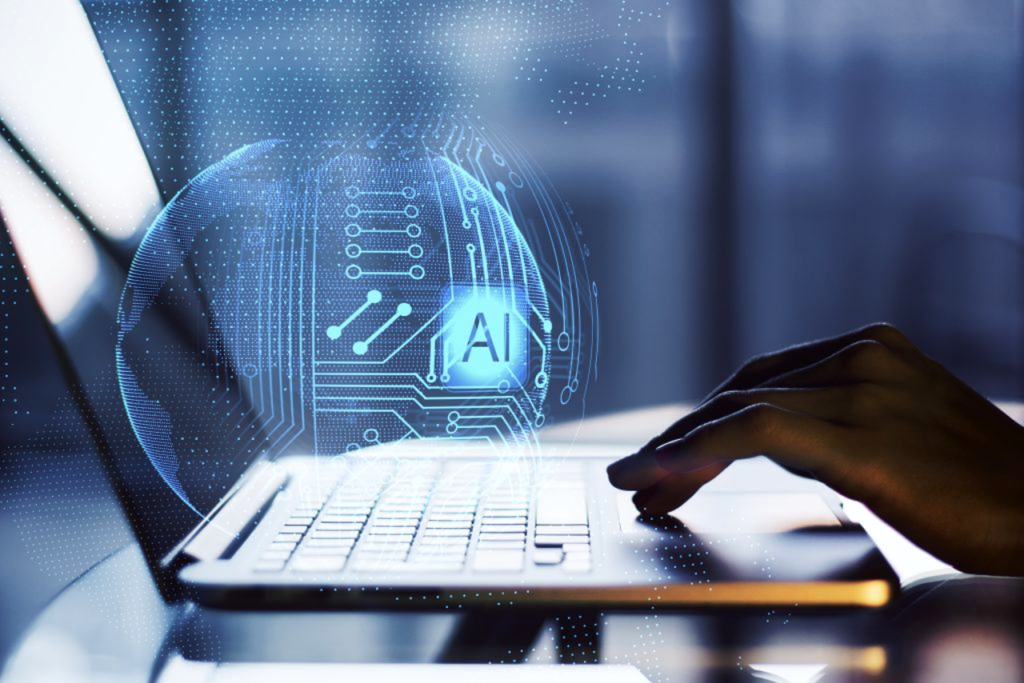
Looking ahead, the future of AI-driven creativity appears promising, with continued advancements poised to reshape artistic practices and cultural landscapes. From personalized experiences tailored to individual preferences to collaborative platforms that connect creators across geographic boundaries, AI promises to revolutionize the way we create, consume, and interact with art. However, realizing this vision requires a concerted effort to address technical challenges, ethical concerns, and societal implications associated with AI-driven creativity.
Read More: Tech Titans: Spotlight on Industry Leaders and Visionaries
FAQs
- What is the role of AI in creative industries? AI plays a multifaceted role in creative industries, ranging from generating content to enhancing creative workflows and facilitating interdisciplinary collaborations.
- Can AI truly replicate human creativity? While AI can produce outputs that resemble human creativity, the question of whether it can truly replicate the depth and complexity of human creative expression remains a subject of ongoing debate.
- Are there any notable examples of AI-driven art? Yes, there are numerous examples of AI-driven art, including paintings, music compositions, literature, and digital sculptures created entirely or in collaboration with AI algorithms.
- How do ethical considerations influence the development of AI in creativity? Ethical considerations surrounding AI in creativity encompass issues such as intellectual property rights, algorithmic bias, transparency, and accountability in the creation and dissemination of AI-generated content.
- What are the future prospects for AI and its impact on artistic expression? The future prospects for AI in artistic expression are vast, with innovations in machine learning, robotics, and augmented reality poised to revolutionize the way we create, consume, and interact with art.
The Final Words
The synergy between AI and creativity represents a transformative force that is reshaping the boundaries of art and technology. As AI continues to evolve and permeate various aspects of our lives, its impact on the creative process will undoubtedly shape the cultural landscape of the future. By fostering collaboration, innovation, and inclusivity, AI has the potential to democratize creativity and unlock new possibilities for artistic expression.



